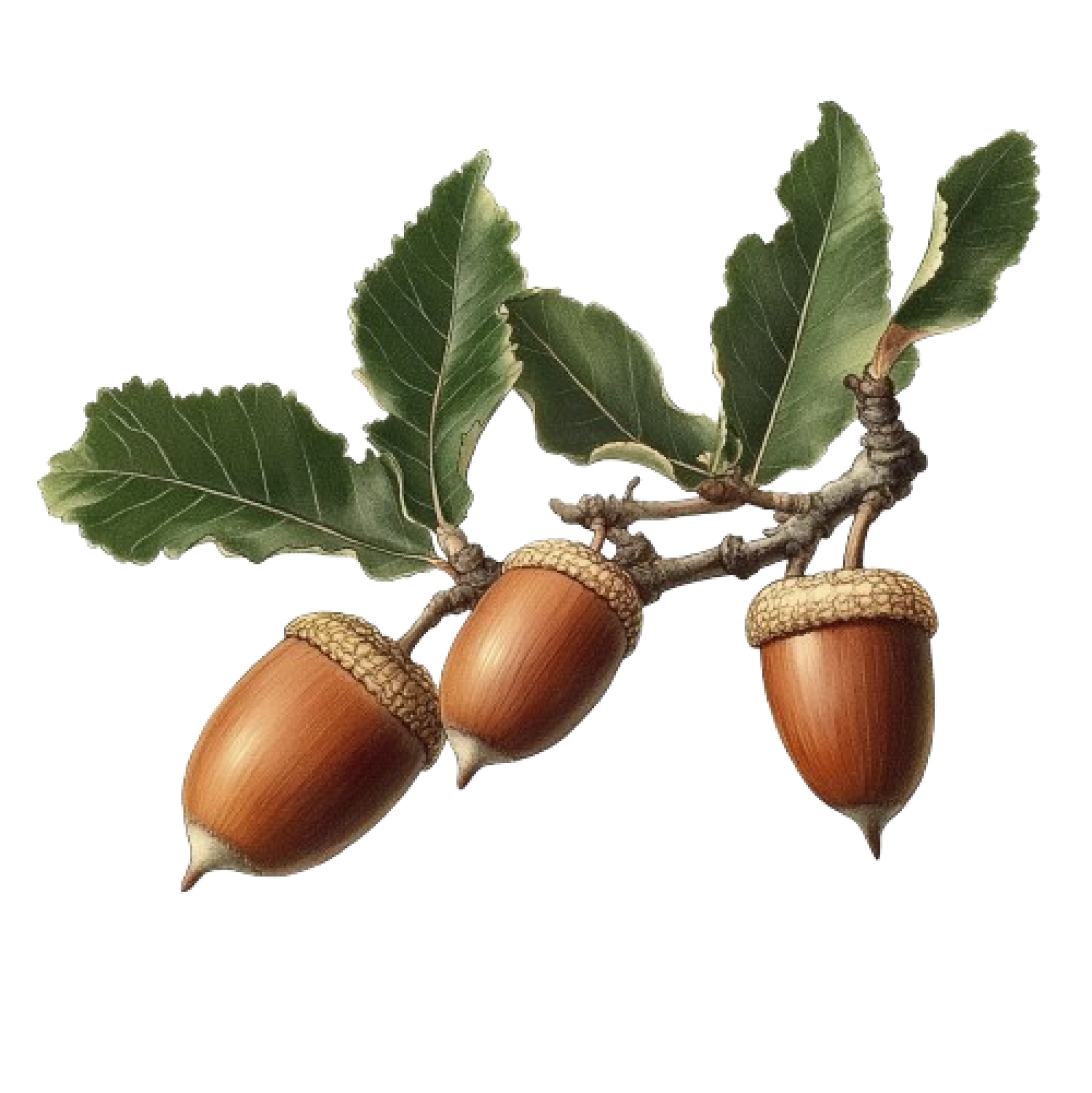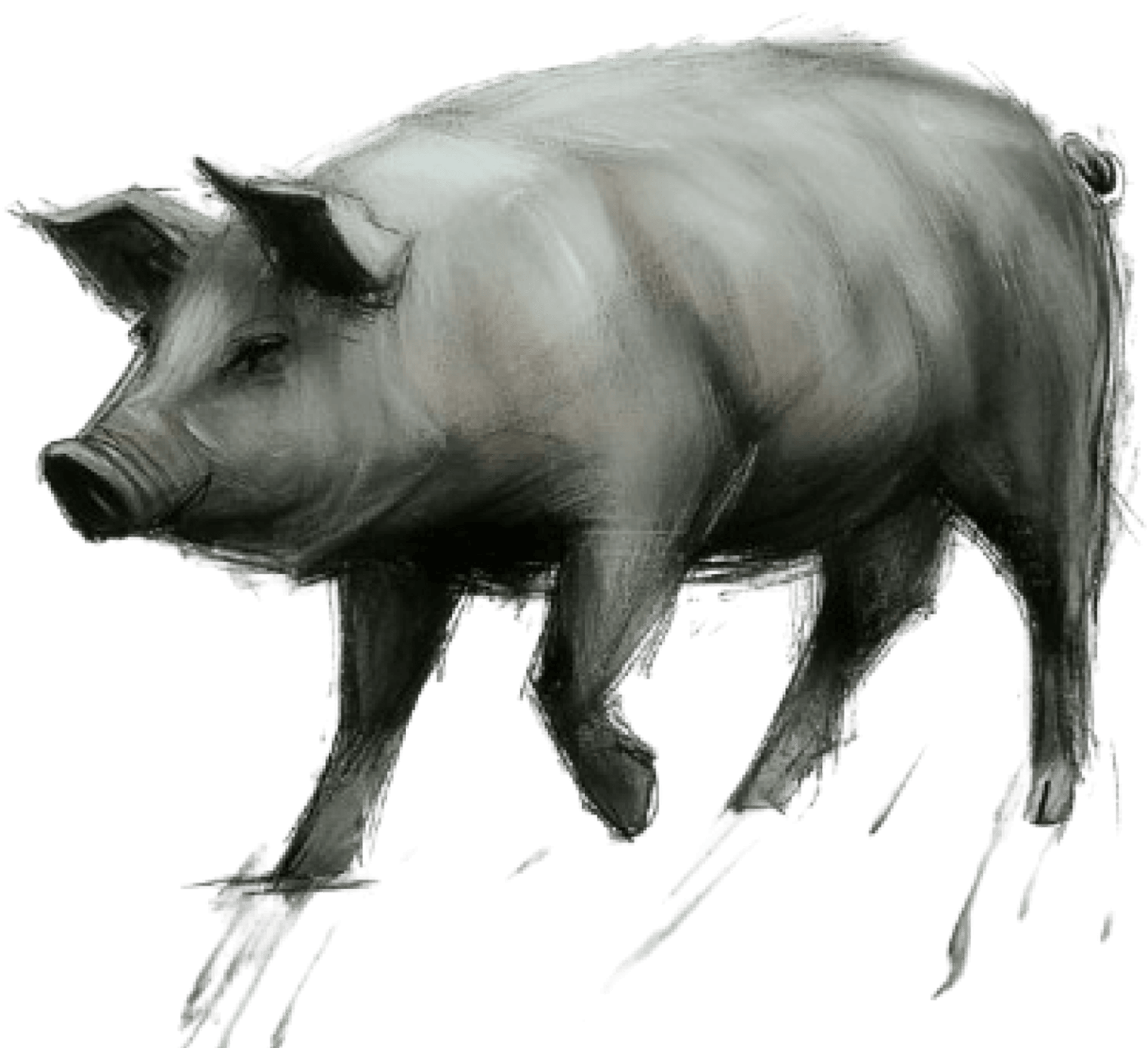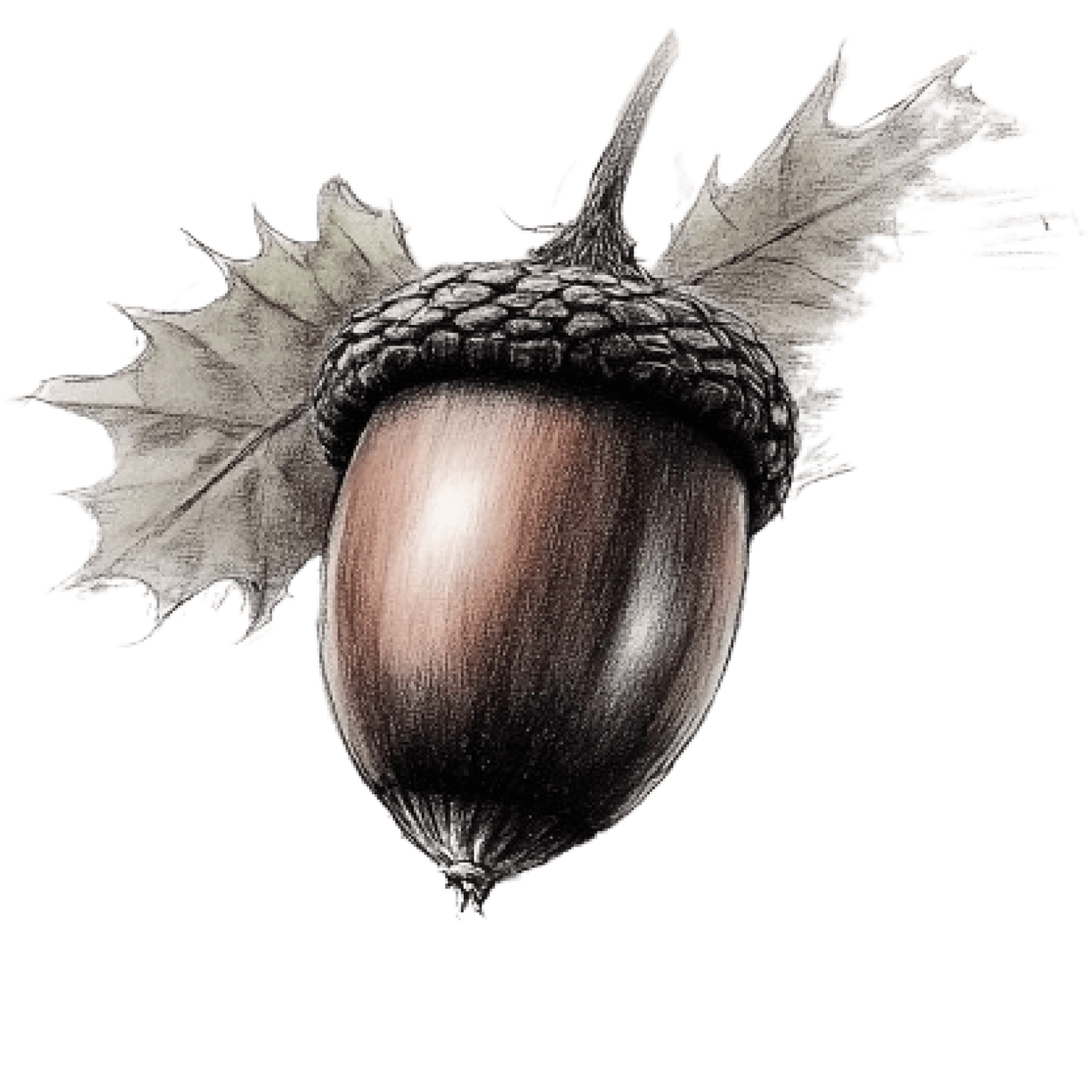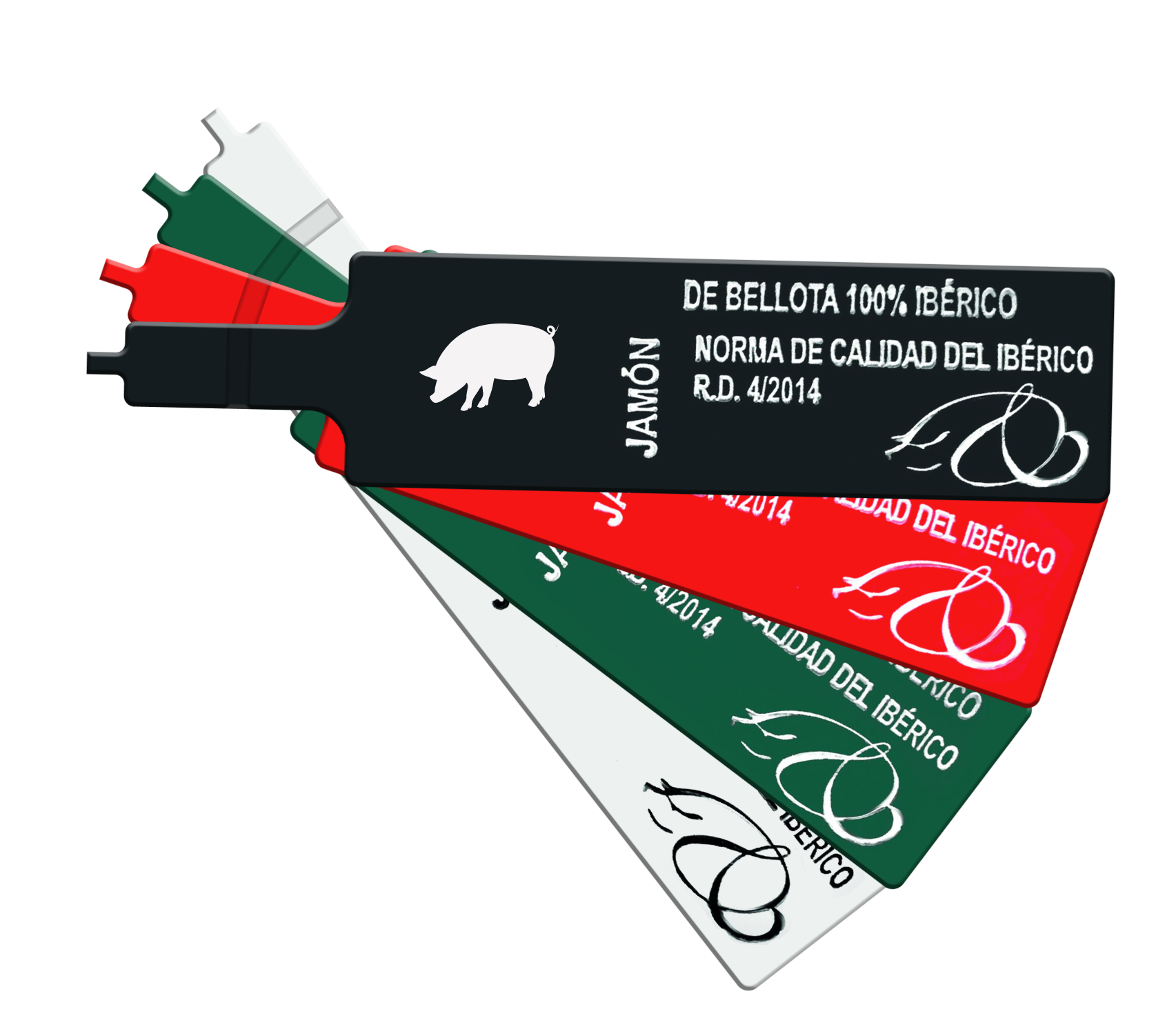The norm
The Iberian quality standard
This regulation, established by the Spanish Government through Royal Decree 1083/2001 of 5 October, regulates the quality and authenticity of products derived from the Iberian pig, in order to protect its unique characteristics. These regulations are essential to preserve the distinctive qualities of Iberian ham, shoulder and loin, recognised worldwide for their flavour and excellence.
With one of the most complete facilities in the sector, at Ibéricos Montesano we focus on rigorous genetic control and careful feeding of our pigs to meet the highest quality standards required by regulations.

The 3 pillars of the Quality Standard
The Iberian pig regulations are based on three essential pillars that ensure the quality and authenticity of the products derived from this animal:
DENOMINATION ACCORDING TO
RACIAL PURITY
The regulations define specific criteria for the racial purity of the Iberian pig, differentiating between 100% Iberian animals and those resulting from crosses with other breeds, especially with the Duroc pig. Racial purity is a fundamental aspect in the classification of the product, since it directly impacts the organoleptic characteristics of our Iberian products. Products labelled as 100% Iberian must come only from purebred Iberian pigs.


DENOMINATION ACCORDING TO
FEEDING
The regulations also classify products according to the feed that pigs receive during their rearing. There are three main types of feed:
Acorn: Pigs feed on acorns and other natural resources from the pasture during the montanera, a natural fattening period that lasts two to four months and takes place between the months of November and March.
Free-range pigs: The pigs are raised freely in the pasture and their diet includes natural feed, in addition to the resources they find in their environment.
Fatty pigs: The pigs are raised in an intensive system and are fed exclusively with feed.
Because the acorn-fed Iberian pig has the genetic ability to infiltrate fat into the muscle, an adequate diet is essential to obtain the peculiar characteristics of its meat: creamy texture and exquisite flavour. Furthermore, from a nutritional point of view, its consumption is beneficial for health.

DENOMINATION ACCORDING TO
CLASSIFICATION AND LABELLING
A key aspect of the regulations is the classification of products according to the pig's racial purity and type of feed. There are four main categories, which are identified by colours on the label:
Black Label: 100% Iberian acorn-fed ham. It comes from 100% Iberian pigs fed exclusively on acorns during the montanera (period in which pigs feed on acorns in the pasture).
Red Label: Iberian acorn-fed ham. Similar to the black label, but can come from crossbred pigs (with 50% or 75% Iberian males and always 100% Iberian females).
Green Label: Iberian free-range ham. It comes from pigs that have been fed with natural feed and have lived freely in the pasture, although they have not been fed exclusively on acorns. The racial percentage can vary between 100%, 75% or 50% Iberian, always with a 100% Iberian mother.
White Label: Iberian grain-fed ham. It comes from pigs fed with feed in an intensive breeding regime, without access to pastureland.

BLACK BRIDLE
100% Iberian Acorn-fed Ham
100% Iberian pigs fed on acorns.
RED BRIDLE
Iberian Acorn-fed Ham
Pigs fed on acorns, but not of pure Iberian breed.
GREEN BRIDLE
Iberian Cebo de Campo Ham
Pigs raised on pasture, fed with grass and feed.
WHITE BRIDLE
Iberian Cebo Ham
Farm-raised pigs, fed only feed.